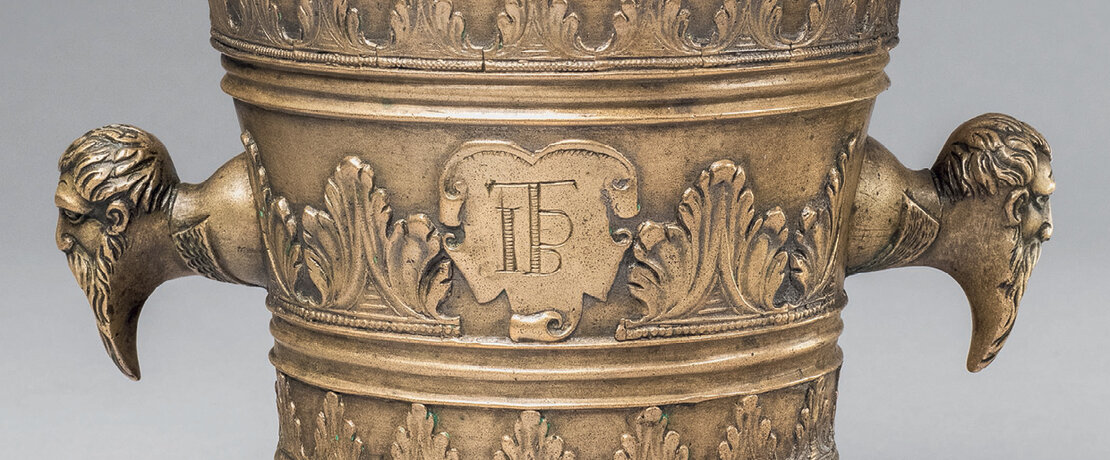Europe’s Most Significant Mortar Collection at Lempertz
On May 17th, parts of the largest European private collection of mortars will be auctioned at Lempertz in Cologne. The Schwarzach Collection comprises over 4000 pieces in total, which have been collected in the course of two generations. Presented in an elaborate special catalogue titled ‘Highly important early mortars from the Schwarzach Collection’, a selection of 115 early bronze mortars from the 8th to the 18th century are being auctioned. The estimated prices of the mortars from the Lower Rhine, Northern and Southern Germany, the Middle East, France, Spain, Italy, Tyrol, and the Netherlands range between 500 and 30,000 Euros.

The earliest specimens are Islamic mortars from the 8th to the 14th century from Afghanistan and Iran, which were all acquired in the 1970s. The earliest specimens are Islamic mortars from the 8th to the 14th century from Afghanistan and Iran, which were all acquired in the 1970s. Exquisite early Islamic decorative elements of metal craftsmanship are presented here, which shifts the quality and significance of the mortar as a practical domestic item to the position of a true object of art. Chiselled surfaces with opulent decorations, using the fine art of metal damascening, demonstrates the unique understanding for aesthetics, quality, and precision of ancient cultures.
Contemporary architectural elements in the casts were characteristic of the mortars from the middle ages. Thus, mortars from the mid-15th century still partially exhibit gothic characteristics and are known as ribbed mortars. The sides were designed as a filling wall surface and the supporting ribs were integrated in the cast to ensure enduring stability across generations. The design of mortars from the Renaissance was much more strongly determined by the horizontal: circumferential horizontal profiles were the simplest ornaments. In addition, there were leaf friezes and later also figural ornaments which certainly copied antique models.
With the development of canon casting, the artillery foundries became more professional. In times of peace, the same technique was used for manufacturing bells and magnificent mortars. In the 16th century at the latest, the lavishly decorated bronze mortar was a must for court kitchens and large pharmacies. At that time, not only the founders, who sometimes signed their work, but also the customer came into the focus of the design: the objects were decorated with his emblem, his coat of arms or even his whole name. On those mortars given as wedding presents, one can also partially recognise the name of the wife.
Auction in Cologne
17th May 2019, 5 pm.
Preview in Brussels, Munich, and Cologne
Brussels: 1st until 4th May 2019
Munich: 7th and 8th May 2019 (selection)
Cologne: 11th until 13th May 2019
